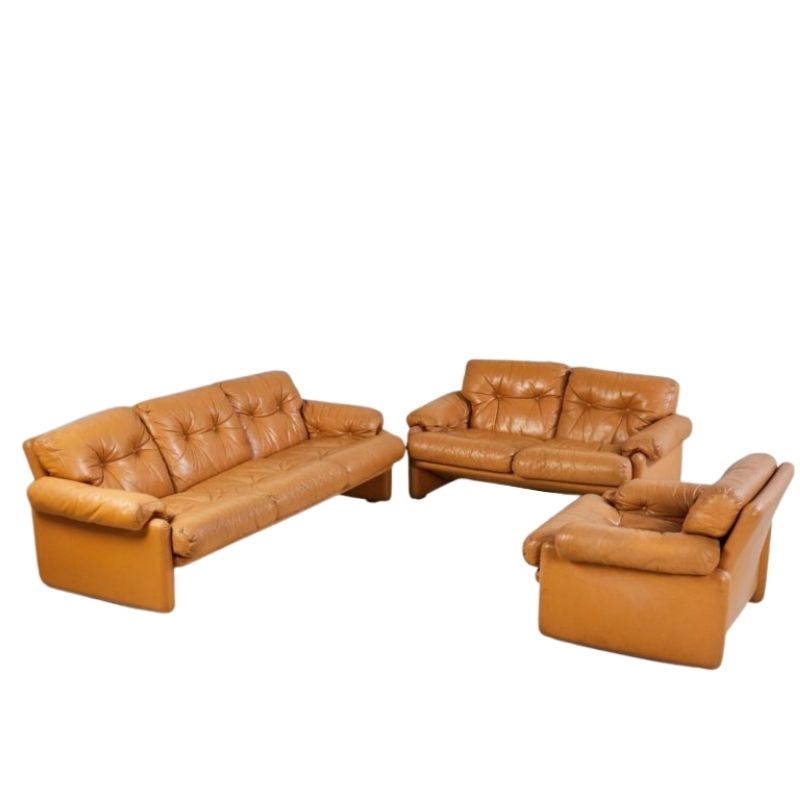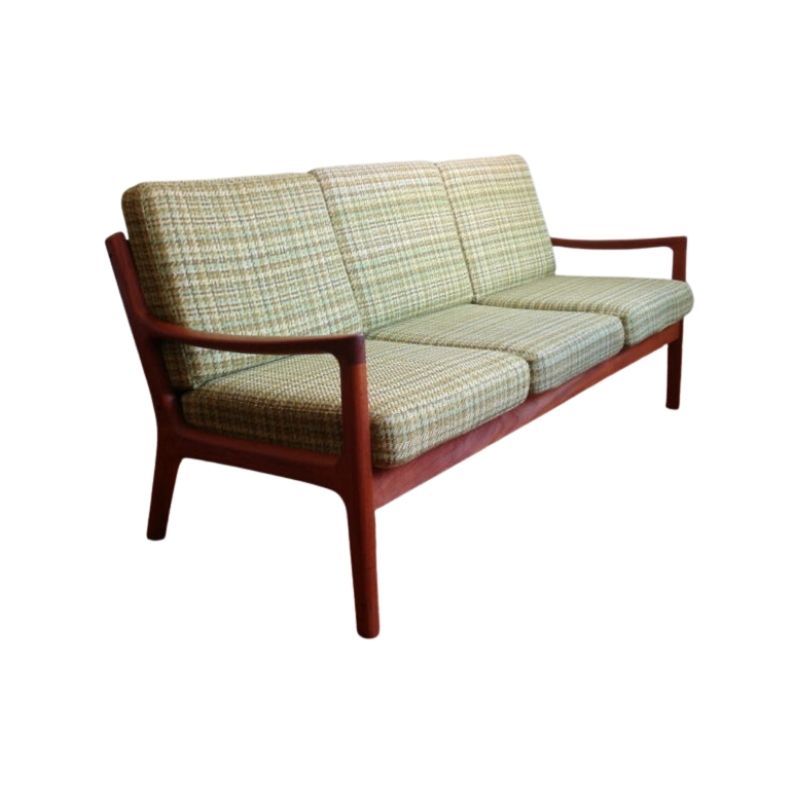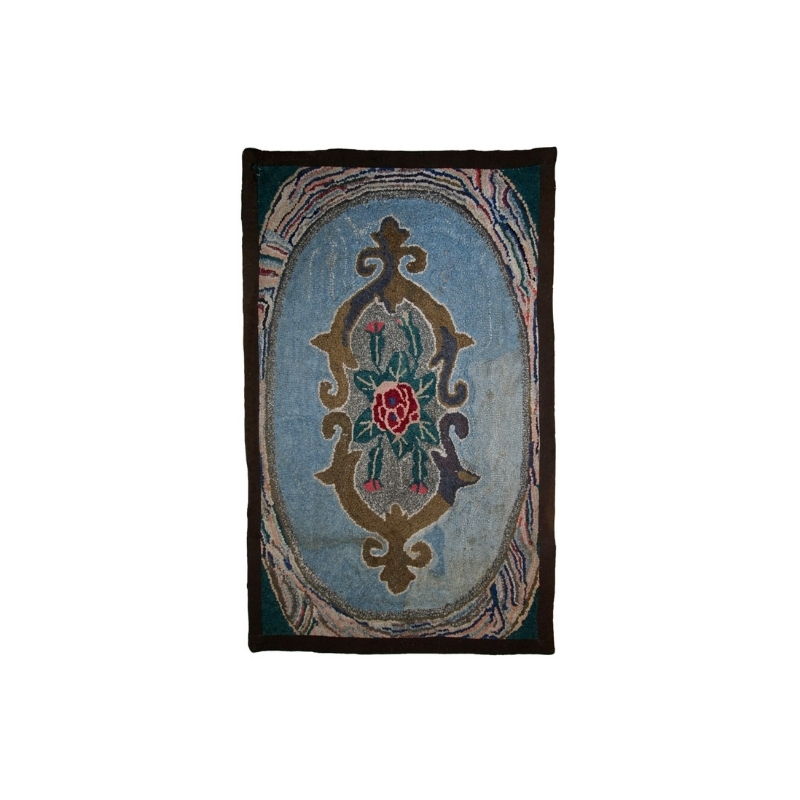Hmmm
I thought I had this book, but I can't seem to find it.
Western Interiors and Design was a good magazine that showcased this style.
http://www.amazon.com/Modern-Natural-Creating-Sophisticated-Interiors/dp...
I've always gone for that kind of look
The space above is a bit dark for me, but I do like it. I go for the japanese 'wabi sabi' style. Very simple with lots of natural materials.
Our new house has a reclaimed lumber ceiling in the main room and all interior doors are made this wood too. (Ponderosa Pine) I like the rustic effect the wood has, especially when paired with the other sleeker finishes like the concrete floors. We also have a long 'live edge' slab of local sandstone as a floating hearth on our fireplace. The fireplace breast is 12ft high and is done in a ochre/green tea colored venetian plaster that's waxed for a light sheen. I think the two look great together.
Sounds yummy
-- I can't wait to see, Olive.
I like that photo too, whitespike. Note the light under the raised "deck" -- the kind of effect that is either more -- or less -- obvious, in person ?
The overall look is very rarely seen, isn't it ? Who has more of this -- rustic modern ?
Le Corbusier moved in this direction, late in his career, at a time when Brutalism was a la mode -- no ?
Russel Wright's house was/is totally amazing...
like it grew out of the rock! I remember when I first joined DA, 2003, I think, we talked about this subject. It was a craft vs. design thread,as I remember. I remember Koen talking about the hand of the artist/designer/craftsman being seen in the work. I've always liked that.
One of the things that came up in that thread was Shaker...real Shaker not the fakey repros. The rustic elegance of their work is hard to deny. I've always had a soft spot for it. I grew up in an old farmhouse in Massachusetts that had a lot of old Shaker pieces handed down through the family.
memory
Christ, Olive. You have a stellar memory. I very vaguely remember that!
SPeaking of Shaker stuff, how does one know what is real? I don't have much knowledge about it. But there's a piece or two made by my great (perhaps great great) grandfather that reminds me of this.... The woven seats and obviously primitive hand made parts, and one has a hide seat. Made in the 1800s. From what I hear they were his porch chairs and were made using things found on his own land ... including the hide.
I think chairs like these around a Saarinen would be nice....
Keep 'em coming! ANyone else know of any "rustic" architects or works of architecture (old, new, whatever).
These are some nice images.
Mind like a steel trap...
...only sprung! Yeah, WS I tend to remember all kinds of irrelevant factoids. My sister and I both have this tendency and regularly weird people out with our recall of bizarre errata! Today's tidbit. Cats bring water to their mouths by curling their tongue backwards, not forwards. I promise, I just pulled that out of my grey matter as I was typing this, just for you!
As for 'real' Shaker. Well to be 100% authentic it must have been made and marked by one of the workshops in a Shaker community. But there were folks who tried the Shaker lifestyle and then left after learning the trade who continued to produce pieces. (Which is what happened in my family) Shakers were gender separatists and celibate, which kind of killed their future if recruiting fell off, which is exactly what happened.
Shaker pieces are first, obviously hand worked and all solid wood. Second, they are frugal in the use of metal fasteners or handles. Mostly they just used metal hinges and nails only when absolutely necessary. Lastly, and most notably, they cut a mean dovetail. Their joinery work was their claim to fame and made for strong lasting pieces of simple beauty.
I'd have to say...
Nakashima must have spent a minute or two in contemplation of them!
I went to an exhibit at the Peabody-Essex Museum in Massachusetts years ago that compared Japanese and Shakers cabinetry and furniture making from the same time period in history...mid 1800's. The similarity in viewpoint and perspective and styling was astounding for two such disparate cultures. I've never forgotten it. I think that particular exposure to Japanese wabi-sabi style was a starting point for me.
If you need any help, please contact us at – info@designaddict.com










